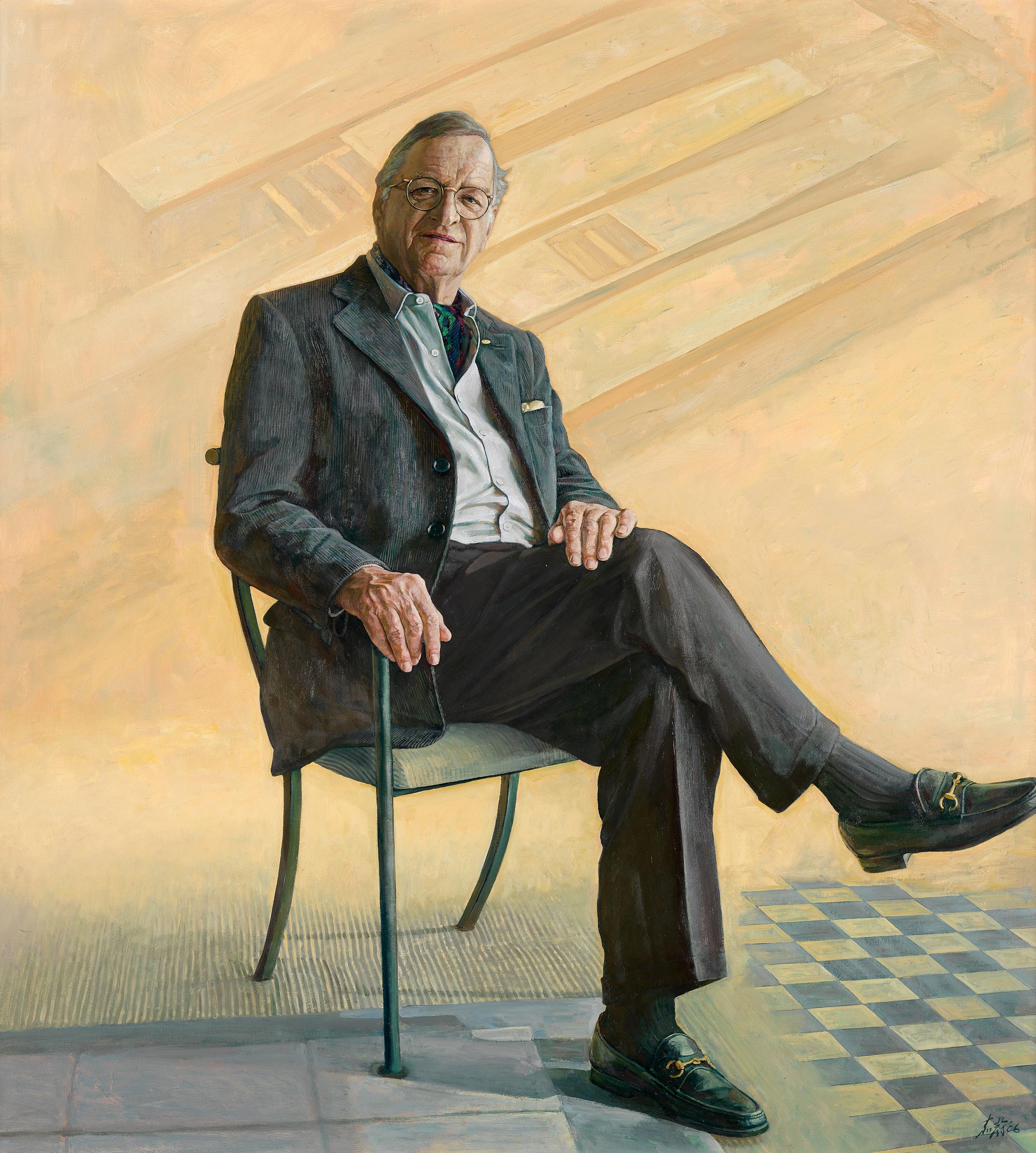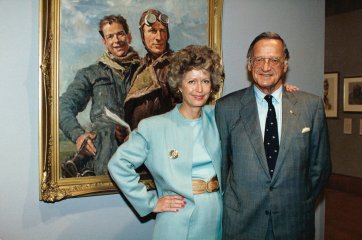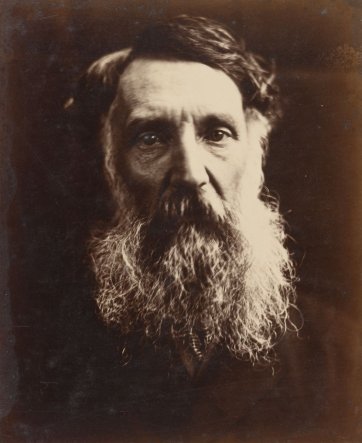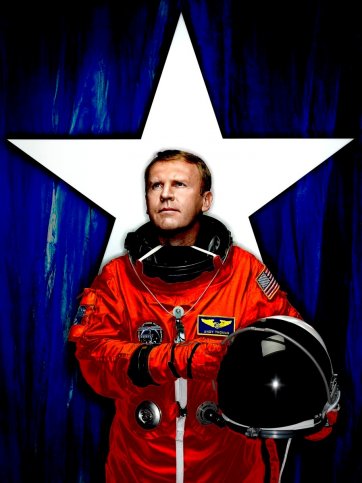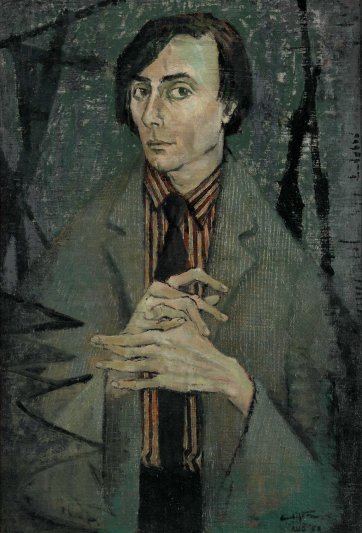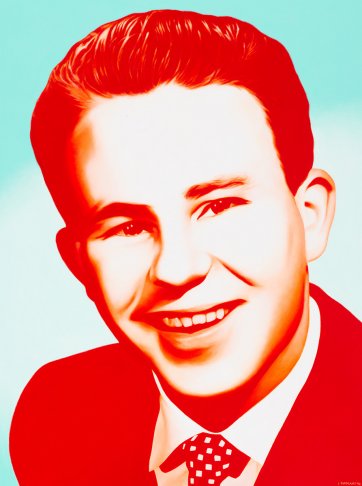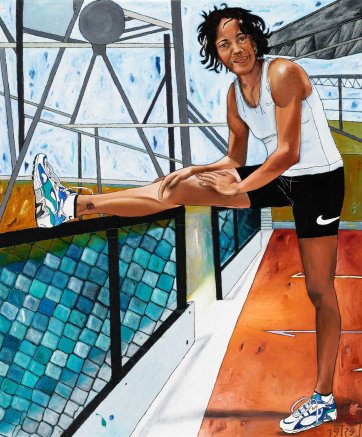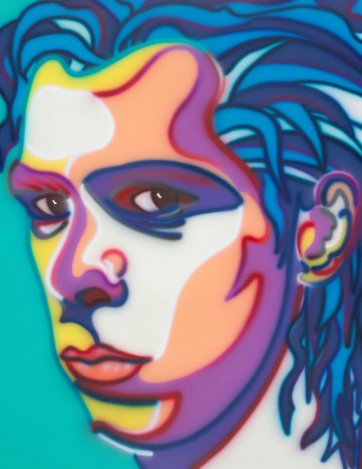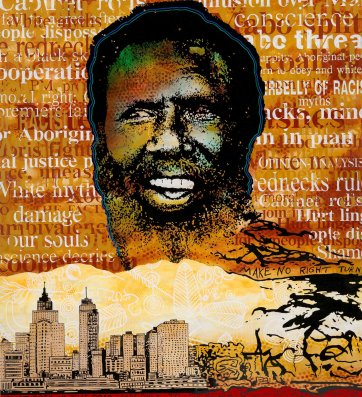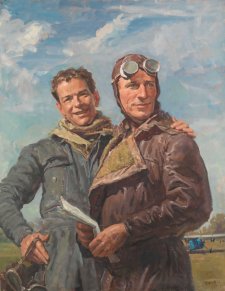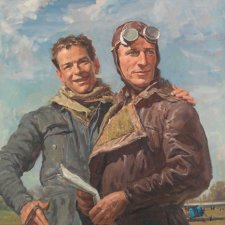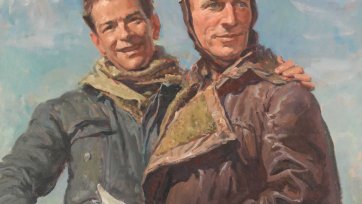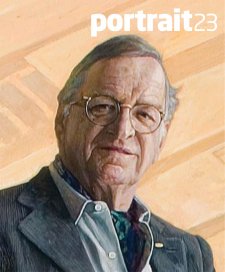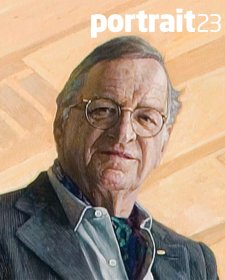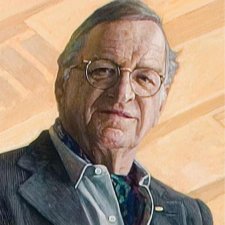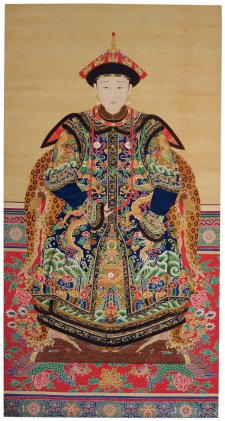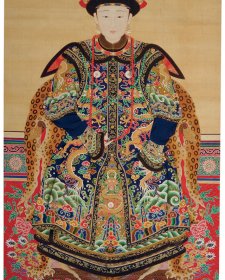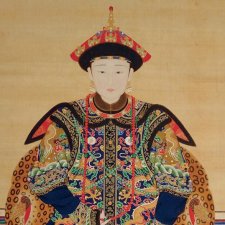While Jiawei Shen’s portrait of Gordon Darling commemorates his broad and generous philanthropic contributions to many Australian cultural institutions, the picture is imbued with special significance to the National Portrait Gallery because of the sitter’s unique role in the Gallery’s establishment.
L. Gordon Darling AC CMG (b. 1921), former company director, was born in London and schooled in England before serving as a major in the AIF during World War II. In the early 1950s he became a company director with BHP, a position he held for 32 years. For fifteen years during this period he was also Chairman of Rheem Australia and Koitaki Ltd. His strong interest in the visual arts led him to accept the position of inaugural Chairman of the Board of the Australian National Gallery from 1982 to 1986. At the end of his period as Chairman of the Australian National Gallery (later renamed the National Gallery of Australia) he provided funds for the establishment of The Gordon Darling Australian Print Fund, which has acquired more than 6 000 prints for the national collection to date. In 1991 he established the Gordon Darling Foundation, which continues to provide funding and staff development opportunities for public art institutions Australia-wide.
Having visited the portrait galleries in London and Washington in the 1980s, Gordon Darling and his wife, Marilyn, felt that a similar venue would have the capacity to inspire and entertain Australians, who had responded so vigorously to the Archibald Prize since the 1920s. In 1991 the couple initiated and facilitated the touring exhibition Uncommon Australians: Towards an Australian Portrait Gallery. In their foreword to the exhibition catalogue they explained that the works in Uncommon Australians did ‘not pretend to be a definitive roll-call, or a comprehensive one’ but were intended to ‘whet the appetite and to suggest the scope and variety that an Australian Portrait Gallery would encompass’. Sure enough, the interest generated by the exhibition led to the establishment of the National Portrait Gallery in 1994, housed in Old Parliament House, first under the aegis of the National Library of Australia, then from 1997 with its own Board under the initial chairmanship of Dr Robert Edwards AO.
Amongst the very earliest acquisitions of the discrete National Portrait Gallery were gifts of Gordon Darling, who accepted the inaugural Board’s invitation to become the Founding Patron of the Gallery in mid-1998. Clifton Pugh’s nervy early portrait of Barry Humphries, donated jointly with Marilyn Darling, bears the magical accession number 1998.1. In 1999 Gordon Darling funded the commissioned portraits of Johnny O’Keefe by Ivan Durrant, Cathy Freeman by Kerry Lester, and Nick Cave by Howard Arkley, and the purchase of portraits of Eddie Mabo by Gordon Bennett, Robert Menzies by William Dobell and Mark Taylor by Bill Leak. Amongst the diverse works the acquisition of which he has funded in the years since are the commissioned portrait of Andy Thomas by photographers Montalbetti + Campbell, the bronze of Jack Brabham by Julie Edgar and the painting of Nancy Wake by Melissa Beowulf. Charming and courteous, through his wide personal and professional contacts Darling has furthered the growth of the gallery’s collection and reputation. A memento of his international energy came to the National Portrait Gallery in 2006, when former National Portrait Gallery London director Sir Roy Strong gave the National Portrait Gallery of Australia a precious photograph of Edward Eyre from the estate of his wife, Dr Julia Trevelyan Oman, as a mark of the couple’s friendship with Gordon and Marilyn Darling. Always seeing Old Parliament House as a temporary space, the Darlings continued to promote the idea of a purpose-built portrait gallery in the national capital – the apolitical choice, as the Melbourne-based couple have pointed out from the beginning. Their unflagging efforts carried the organisation through the announcement of a new, permanent home for the gallery in October 2004 and the unveiling of the plaque commemorating the commencement of work on the site in August 2006. Jiawei Shen has pictured the Founding Patron before the competition-winning design for the dedicated National Portrait Gallery – the project Gordon Darling long envisaged and urged, and now sees coming to happy fruition.
